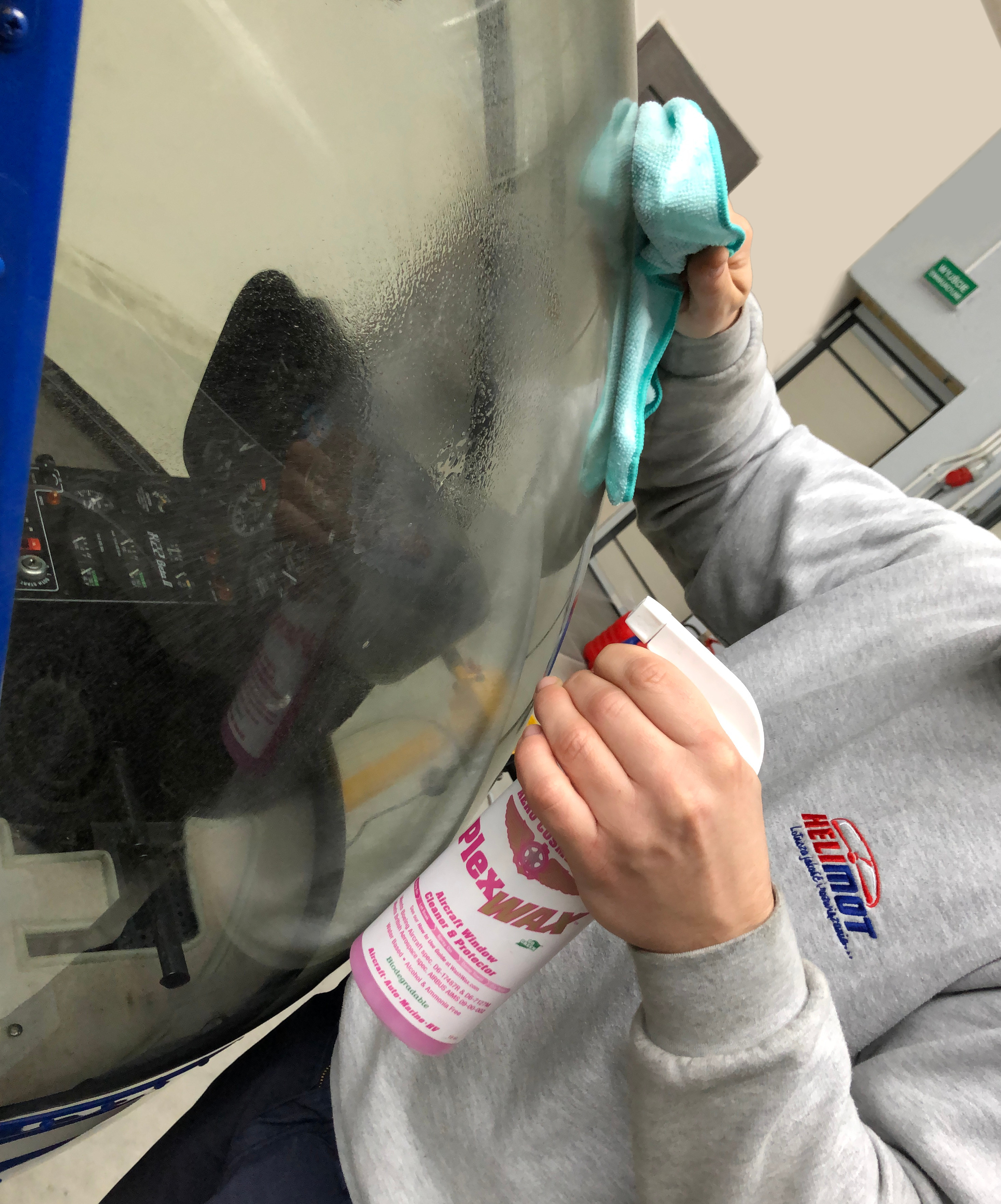Robinson Helicopter Company (RHC), the world's leading manufacturer of civilian helicopters, has received FAA...
- Home
-
Aviation store
-
Aircraft parts
- Aircraft parts
- Batteries
- To engine
-
Fasteners
- Temperature recorders
- Aviation lighting
-
Robinson R22
- Avionics
- Doors and windows
- Hull
- Controlling the flight
- Environmental control
- Ground handling
- Lighting
- Parking and storage
- Chassis
- Servicing
- Engine
- Special tools
- Motor control
- Instrument system
- Fuel system
- Plates and markings
- Paving and balancing
- Electrical system
- Main Rotor Drive System
- Tail rotor drive system
- Engine oil system
- Weight and balance
- Main rotor
- Tail rotor
- Equipment
-
Robinson R44
- Autopilot
- Avionics
- Doors and windows
- Hull
- Controlling the flight
- Environmental control
- Hydraulics
- Ground handling
- Lighting
- Parking and storage
- Chassis
- Servicing
- Engine
- Special tools
- Motor control
- Instrument system
- Fuel system
- Plates and markings
- Paving and balancing
- Electrical system
- Main Rotor Drive System
- Tail rotor drive system
- Engine oil system
- Weight and balance
- Main rotor
- Tail rotor
- Equipment
-
Robinson R66
- Autopilot
- Avionics
- Doors and windows
- Hydraulics
- Hull
- Environmental control
- Controlling the flight
- Ground handling
- Lighting
- Parking and storage
- Chassis
- Servicing
- Engine
- Special tools
- Motor control
- Instrument system
- Fuel system
- Plates and markings
- Paving and balancing
- Electrical system
- Main Rotor Drive System
- Tail rotor drive system
- Engine oil system
- Weight and balance
- Main rotor
- Tail rotor
- Equipment
- Aviation chemistry
- Cleaning cloths and rags
- Paints and primers, painting accessories
- Abrasive sheets and fleeces
- Oils and greases
- Tools
- Aviation accessories and gadgets
-
Aircraft parts
- Lycoming engines
- SERVICE R22 R44 R66
- Helicopter Transport
- Blog
- About us
- New products
Latest posts
-
 FAA Approval to Double the Life of Select Robinson R66 ComponentsRead more
FAA Approval to Double the Life of Select Robinson R66 ComponentsRead more -
 50th Anniversary of Robinson Helicopter Company06/20/2023Read more
50th Anniversary of Robinson Helicopter Company06/20/2023Read moreToday, June 20, 2023, marks 50 years since Robinson Helicopter...
-
 Can the oil in an aircraft piston engine be refilled with another brand of oil?11/21/2022Read more
Can the oil in an aircraft piston engine be refilled with another brand of oil?11/21/2022Read moreVery often pilots ask us if they can use another brand of oil, e.g. for a top-up.The answer is...
-
 Is the Robinson R66 helicopter safer than the R44?05/13/2022Read more
Is the Robinson R66 helicopter safer than the R44?05/13/2022Read moreIs the Robinson R66 helicopter safer than the R44?
-
 FAA approves stick guard11/15/2021Read more
FAA approves stick guard11/15/2021Read moreThe safety-enhancing stick guard is FAA approved for...
-
 Robinson R44 Service Bulletin SB-108 also became an Airworthiness Directive (FAA AD 2021-19-8)09/09/2021Read more
Robinson R44 Service Bulletin SB-108 also became an Airworthiness Directive (FAA AD 2021-19-8)09/09/2021Read moreRobinson R44 Service Bulletin SB-108 is now an FAA AD!
-
 How to properly clean plastic windows in a helicopter or plane04/11/2021Read more
How to properly clean plastic windows in a helicopter or plane04/11/2021Read moreWith the summer season approaching, it is worth taking care of aircraft windows.As we know, the summer season is a...
-
 World record with Robinson R2202/15/2021Read more
World record with Robinson R2202/15/2021Read moreOn September 22, 1990, in Red Bluff, California (USA) the "speed challenge" took place - an attempt to set a speed...
-
 Robinson R22 / R44 / R66 On-Board Camera02/11/2021Read more
Robinson R22 / R44 / R66 On-Board Camera02/11/2021Read moreRobinson's cockpit video camera debuted at last year's Heli Expo 2020 - it is now an optional extra on R22/R44...
-
 Lithium-ion battery available for Robinson R4402/03/2021Read more
Lithium-ion battery available for Robinson R4402/03/2021Read moreRobinson Helicopter Company recently added the TB17 lithium-ion battery to the R44 option...
Blog categories
Search in blog
DO YOU THOROUGHLY CHECK YOUR HELICOPTER BEFORE EACH FLIGHT?
Let’s check our blades thoroughly before every flight!
An observant and quick-thinking helicopter pilot probably saved his life by making the decision to land immediately when he noticed the vibration.
A post-occurrence inspection of the Robinson R22 Beta found a crack in one main rotor blade that had spread almost completely through its cross-section.
The incident occurred in December 2016 in Australia during a cattle drive.
An Australian Transport Safety Bureau (ATSB) investigation confirmed a large crack from the trailing edge of the blade through both the upper and lower skins, stopping just short of the leading edge spar.
The examination did not identify any initiating or contributing defects, such as pitting corrosion, external damage, deformation or metallurgical anomalies in the blades.
However, the helicopter’s flight records showed that in December 2014, a hard landing occurred with a suspected main rotor overspeed resulting in a loss of control of the tail rotor.
The incident required the blades to be dismantled and inspected. After the blades were inspected and the spindles repaired, the blades were returned to service. Both blades were operated for a further 778 hours before failure, giving a total of 1747.7 flight hours, well below their life expectancy of 2200 hours.
The ATSB said it was likely that the hard landing had the effect of overloading the rotor system, and combined with the use of herding cattle on a farm, fatigue damage that could not be detected during the blade inspection.
The damage was not determined during the investigation and it could not be concluded that the type of operation or previous incident was a contributing factor to the blade fracture.
The Commission was also unable to determine whether early signs of cracking could have been detected during the helicopter’s final 100-hour inspection or during the daily pre-flight inspection, as several factors could have made it more difficult to detect the initiation of the cracking process during the helicopter’s daily inspections.
If the pilot had chosen to continue flying the helicopter, there is a high probability that he would have lost control during the flight due to the further change in the shape of the airfoil profile.
The factory and Civil Aviation Safety Authority’s response to the incident was immediate. Eight days after the incident, Robinson Helicopter Company issued a safety alert recommending close visual inspections of the trailing edges of the blades during daily pre-flight inspections, and the Civil Aviation Safety Authority of Australia (CASA) issued Airworthiness Bulletin 62-006 – Main Rotor Blade Cracking (Appendix B) nine days after the incident.
In February 2017, Robinson made a minor redesign of the main rotor blades.
Related posts
-
 HOW TO UNLOCK A BURNED SCREW?
Posted in: Helimot11/02/2020HOW TO UNLOCK A BURNED SCREW?Read more
HOW TO UNLOCK A BURNED SCREW?
Posted in: Helimot11/02/2020HOW TO UNLOCK A BURNED SCREW?Read more -
 Are You Unconsciously Reducing Your Helicopter's Efficiency and Shortening the Life of Your Blades?
Posted in: Helimot11/12/2020Blade Cleaning and Maintenance...Read more
Are You Unconsciously Reducing Your Helicopter's Efficiency and Shortening the Life of Your Blades?
Posted in: Helimot11/12/2020Blade Cleaning and Maintenance...Read more -
 NEW ROBINSON WINDOWS. DOES THIS MEAN THAT THE STANDARD WINDOW IS NOT RESISTANT TO ANY BIRD IMPACT?
Posted in: Helimot11/17/2020Robinson's impact-resistant windshields improve bird strike protection. Robinson has introduced...Read more
NEW ROBINSON WINDOWS. DOES THIS MEAN THAT THE STANDARD WINDOW IS NOT RESISTANT TO ANY BIRD IMPACT?
Posted in: Helimot11/17/2020Robinson's impact-resistant windshields improve bird strike protection. Robinson has introduced...Read more -
 Everything you need to know about vibration in a helicopter
Posted in: Helimot11/18/2020Everything you need to know about vibration in a helicopter...Read more
Everything you need to know about vibration in a helicopter
Posted in: Helimot11/18/2020Everything you need to know about vibration in a helicopter...Read more -
 WHAT IF I EXCEED THE MANIFOLD PRESSURE LIMIT?
Posted in: Helimot11/19/2020Have you exceeded your manifold pressure limit? What now? Do I need an inspection?No, there is no need to call a...Read more
WHAT IF I EXCEED THE MANIFOLD PRESSURE LIMIT?
Posted in: Helimot11/19/2020Have you exceeded your manifold pressure limit? What now? Do I need an inspection?No, there is no need to call a...Read more

Leave a comment